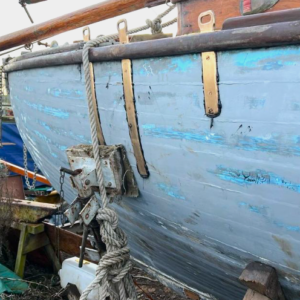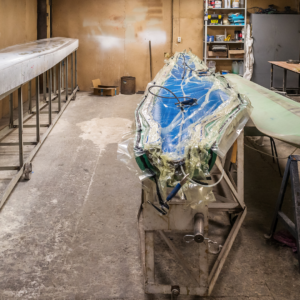Projects: How is the Solution60 Powerboat Changing the Future of Marine Construction?
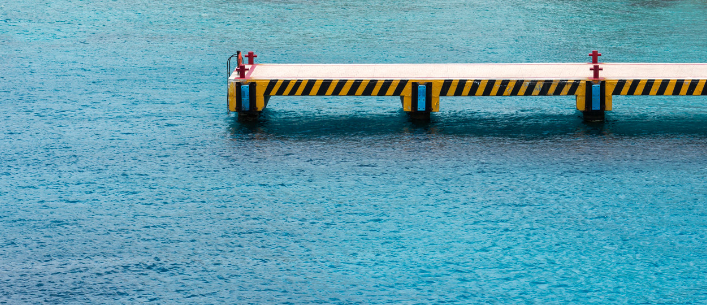
What’s So Special About the Solution60 Project?
The Solution60 project is a remarkable venture led by Production Director Dave Skene of Solution Motor Cruisers. They’re building a 60ft powerboat, the Solution60. This ambitious project is the brainchild of Ray Davis and globally renowned yacht designer Bill Dixon. As Dave Skene puts it, “We’re building a 60ft powerboat, known as the Solution60, conceived by Ray Davis and world-leading yacht designer Bill Dixon.”
How are Modern Techniques Changing Boat Building?
Boat building has come a long way with modern composite production techniques. The hull of the Solution60, for instance, is constructed using epoxy infusion methods. Dave Skene explains, “Modern composite production techniques have shaped the whole approach to this substantial project.”
Who’s Dave Skene?
Dave Skene is a modern boatbuilder with nearly four decades of experience in marine construction. He believes in leveraging technology to its fullest. “I consider myself a modern boatbuilder. I want to use the highest level of technology possible to ensure the product is as good as it can be,” he says.
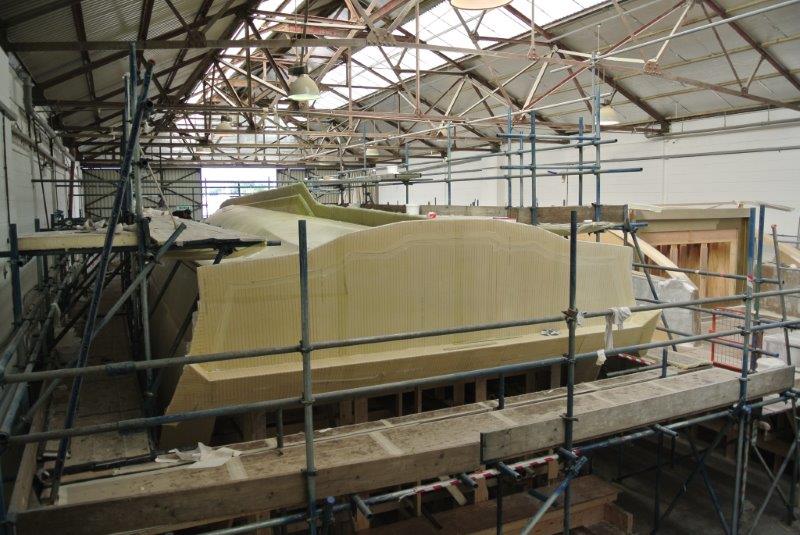
Why is Epoxy Important in Boat Building?
Epoxy plays a pivotal role in boat building. It’s used with glass cloth to provide an abrasion-resistant sheathing on a wood epoxy hull or to provide strong, long-lasting adhesion between teak planks and substrates like fiberglass. Dave Skene states, “Epoxy is central to all of these.”
What’s Resin Infusion?
Resin infusion with epoxy is a game-changer in boat building. It involves dry laminating composite materials in a mould and then sealing the mould with an impermeable bag. A vacuum is then created, drawing the epoxy into and through the laminate. Dave Skene describes the process, “Resin infusion with epoxy involves dry laminating composite materials in a mold and then sealing the mold with an impermeable bag.”
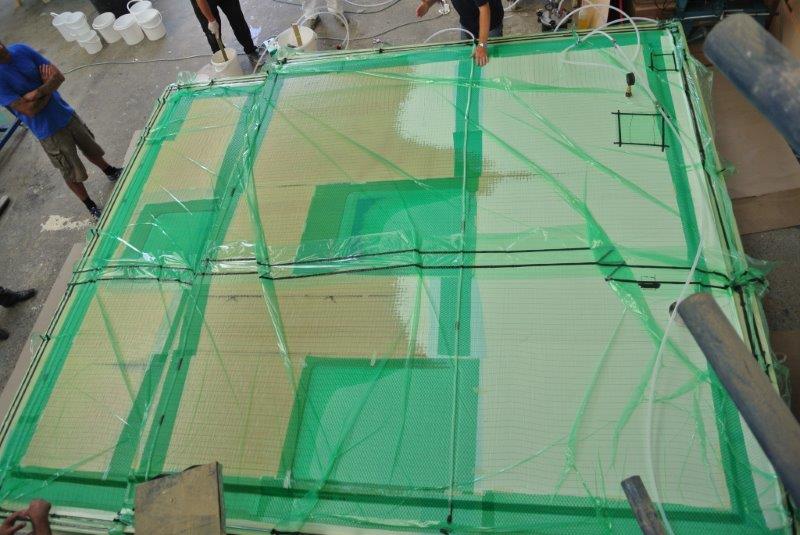
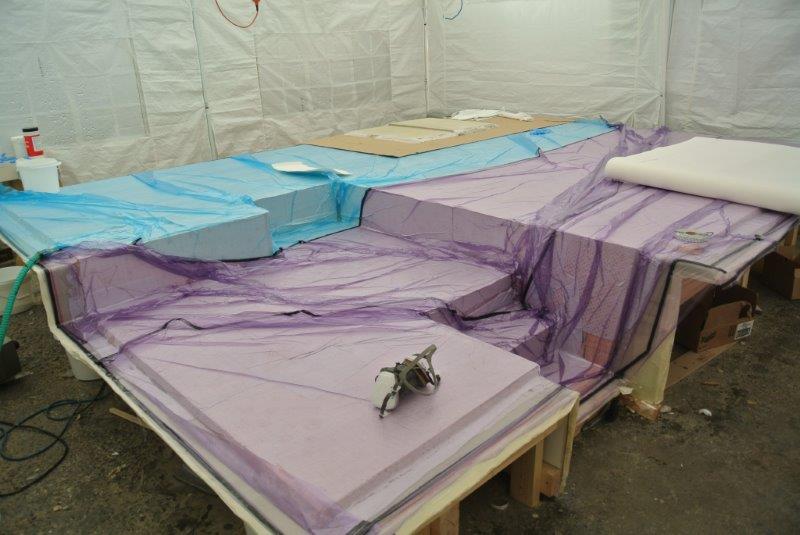
How Does Resin Infusion Compare to Traditional Techniques?
Resin infusion sets itself apart from the traditional hand laminating technique used during vacuum bag boat construction. The traditional process is a race against time – the working time of the epoxy is critical to enable sufficient wet out of the fabric and to allow the consolidation pressure from the vacuum bag to be effective. Dave Skene explains, “This process sets it apart from the traditional hand laminating technique used during vacuum bag boat construction.”
What Innovations Were Introduced in the Solution60 Project?
The Solution60 project introduced several innovations. A highly configurable heating system was introduced to the hull moulds, featuring 84 programmable fields to support accurate infusion flows and post-curing. Tests were completed using PRO-SET epoxies to optimise the pot life, working time, and gel times of the epoxy to suit the exact infusion flow time. Dave Skene shares, “This research led to a number of innovations.”
Have you subscribed to our FREE monthly newsletter? Sign up here!
Working on a project? Share it with us! Click here…

